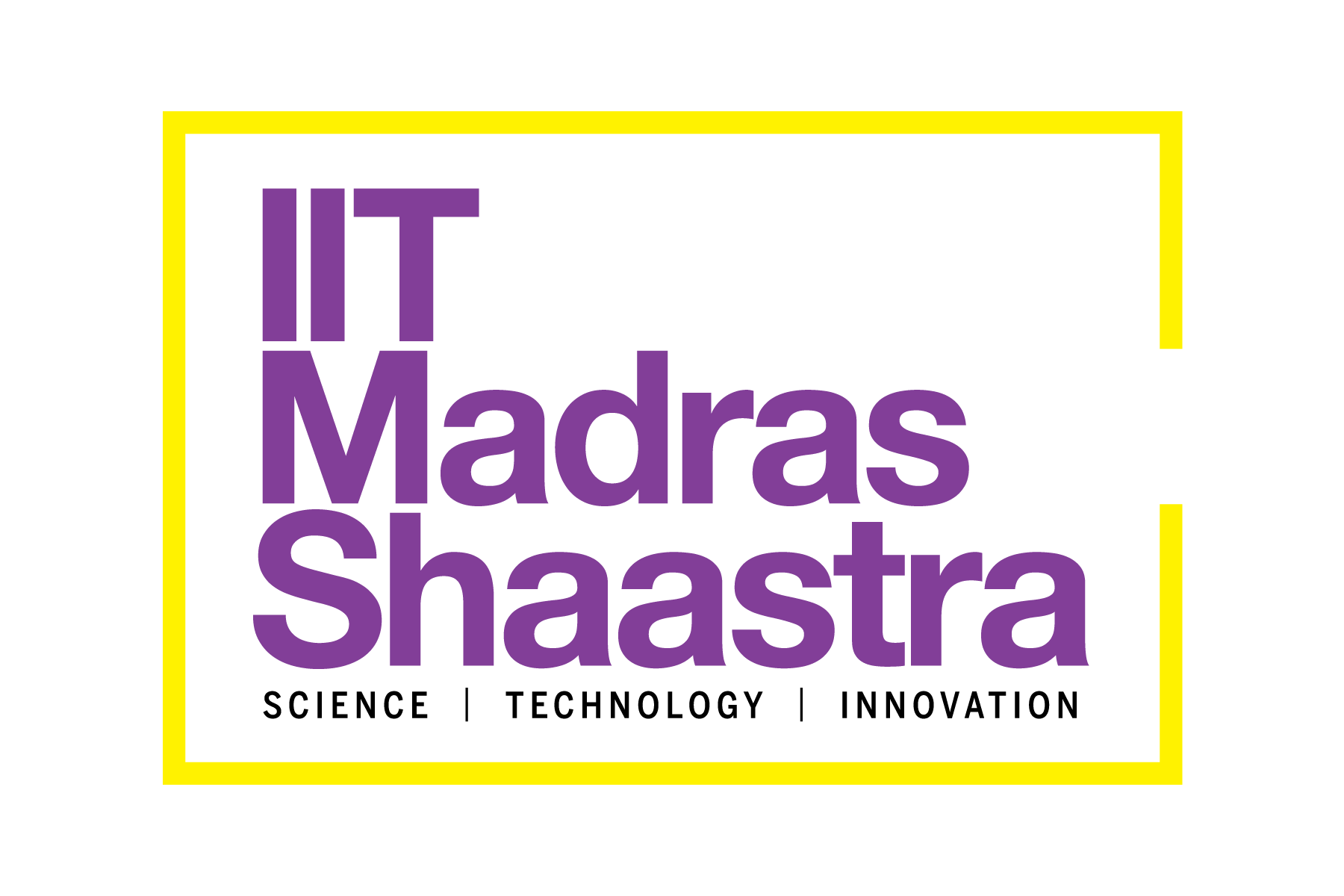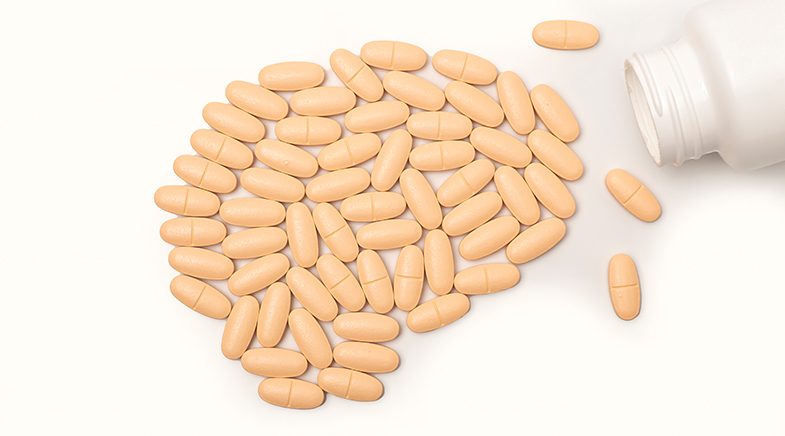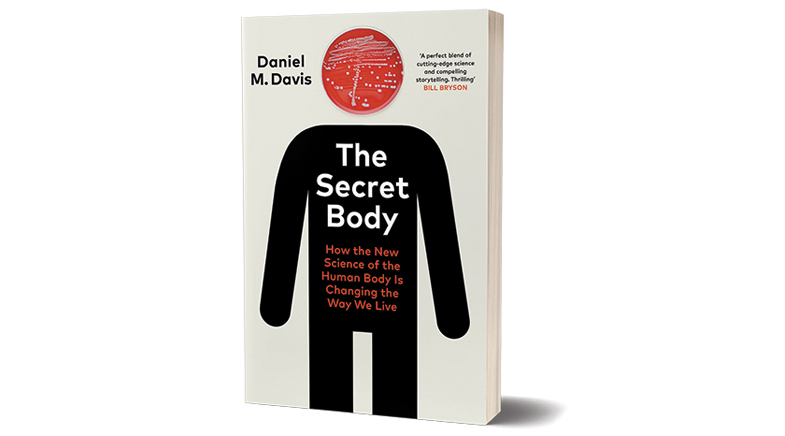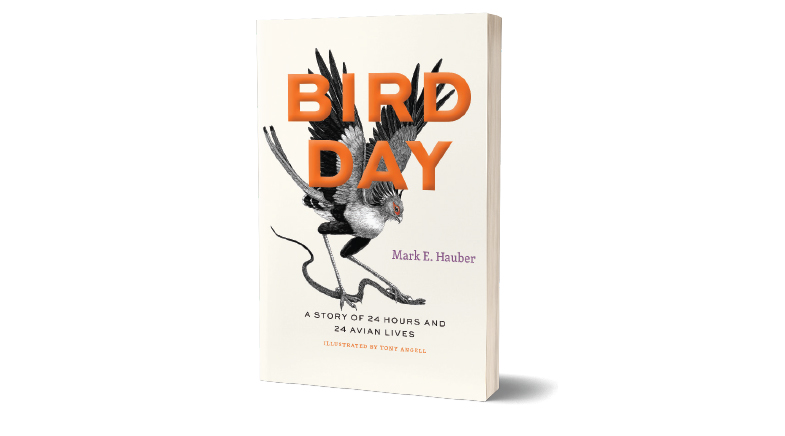Shubhanshu Shukla's lab in the sky
-
- from Shaastra :: vol 04 issue 06 :: Jul 2025

What Shubhanshu Shukla's tests on eggs, fenugreek and green gram seeds will yield.
Arvind Ramanathan had no idea that the mail he received from the Indian Space Research Organisation (ISRO) a couple of years ago would result in his becoming a part of the country's space history.
The Associate Professor at the Bengaluru-based Institute for Stem Cell Science and Regenerative Medicine (inStem), who researches age-related loss of muscle mass, designed the first experiment that Indian astronaut Group Captain Shubhanshu Shukla began working on after reaching the International Space Station (ISS). On June 29, three days after docking, Shukla went to the Life Sciences Glovebox, a facility at the ISS for performing biological experiments without coming in direct contact with the samples, to set up what is now commonly known as the myogenesis experiment. The experiment will study the processes underlying the degeneration of skeletal muscles in space, as well as the role of specific supplements in preventing this degeneration.
Skeletal muscle loss is an established hazard that astronauts face in microgravity, where the ageing process speeds up. A degeneration that would start at around 45 years of a person's life on Earth begins within a few days in microgravity. Regenerating muscles after damage requires approximately ten days, slated to align with Shukla's scheduled 15-day sojourn.
The email that dropped into Ramanathan's inbox that day was a feeler from ISRO, seeking ideas on what experiments were feasible in space. Several months later, he was invited to a brainstorming session by ISRO, where scientists from across the country pitched their ideas. "From around 100 shortlisted ideas, seven were finalised," says Rajesh Gokhale, Secretary, Department of Biotechnology, the nodal agency which, with ISRO, coordinated the scientific payload that went with Shukla.
THE CHOSEN ONES
The selection process was lengthy. The first criterion was that the experiments should contribute to India's future human space mission, focused on either improving human health or sustainability. "Biological processes are the most efficient in processing waste," Gokhale says. Other aspects included the feasibility of conducting the experiments using the equipment on the ISS within the available time. Every proposal was tested at least 20 times before an independent jury. These experiments will later be compared with controls in laboratories on Earth.
The simplicity of the experiment was another consideration. The Indian Institute of Science, Bengaluru, designed an experiment to understand how tardigrades, microscopic eight-legged animals known for their ability to survive in extreme conditions, such as deep freezing and exposure to ultraviolet radiation, will behave in microgravity. Simply put, the experiment involved taking a box of eggs to the ISS and bringing it back. "Tardigrades reproduce fast… and we can study their entire reproductive cycle," Gokhale says.
Sprouting fenugreek and green gram seeds in space may look like child's play, but they are also baby steps towards farming outside Earth. The project was developed by the University of Agricultural Sciences, Dharwad. Such experiments had earlier been conducted on the ISS. Gokhale says that growing food in space is a significant area of international research, and repeating experiments with different crops is important. Shukla would water the seedlings regularly, and his freeze-packed sprouts will be analysed on Earth.
There is an indigenous touch to each of the scientific payloads. In the myogenesis experiment, for instance, some of the supplements Shukla fed the stem cells were prepared with phytochemicals of plants used in traditional medicine. Another experiment, designed by the Kerala Agricultural University, Vellayani, entails studying the growth and productivity of crops on Earth after the seeds are exposed to microgravity. All six seed varieties used for this — two of rice and one each of horse gram, sesame, eggplant, and tomato — were developed indigenously.
NEW LEARNING
Preparing an experiment, however simple, for a laboratory in space is very different from testing on Earth. Even basic steps, such as aspirating a solution or getting cells to sit on a Petri dish, have to be factored in for a microgravity environment.

"Learning how to research in microgravity was a big opportunity for us," says Shashi Kumar, Director, Metabolic Engineering, at the International Centre for Genetic Engineering and Biotechnology (ICGEB), New Delhi, "My students are so excited at being part of this project." He designed a study of three indigenous varieties of microalgae: one isolated from wastewater, another from marine origins, and the third from the Himalayan region. The experiment involved packing 30-ml fluid samples of each variety into pre-designed bags for the voyage. The samples were sent in triplicate. The scientists were aided by Redwire Space, a company that helps design scientific payloads for space. Lab facilities were provided for the researchers in the U.S. to prepare the kits. Space missions are frequently rescheduled, and such eventualities are part of the mission preparation. Biological samples have to be fresh for the voyage. "There are back-ups of back-ups," Ramanathan says.
FUTURE STOCK
Lab work on Earth focused on extra-terrestrial habitats.
Group Captain Shubhanshu Shukla immersed himself in the task of watering sprouts, feeding stem cells, and checking the growth of cyanobacteria and microalgae at the International Space Station — but the research projects he was involved in on Earth were not a part of the scientific payload.
The training mandated for the four officers shortlisted for India's human space programme, Gaganyaan, included a year's research at the Indian Institute of Science, Bengaluru. Shukla was paired with Aloke Kumar, Associate Professor in the Mechanical Engineering department.
Shukla is associated with three research papers from Aloke Kumar's lab: on exploring the potential of Ladakh as a Martian or lunar analogue for studying possible habitats; BHEEM, an Ikea-style construction with prefabricated panels stacked into the spaceship; and using bacteria as a binding material for building bricks with Martian soil.
"We would have liked an experiment of ours to be taken to the ISS. However, our experiments were too futuristic," says Aloke Kumar. He had earlier created a device for incubating microbes in microgravity (bit.ly/MANAS-kumar) and they were keen to test the device.
Shukla's post-mission samples will be sent to various labs for studies. He himself will need to finish his Master's thesis. That's the ground reality.
Kumar was reading about how well the alga Chlamydomonas grows in space when he got the call from DBT to present a proposal. Microalgae are powerhouses of nutrients, especially vitamins and proteins. Astaxanthin, a carotenoid found in these microalgae, is associated with strengthening muscles. Additionally, they are effective for carbon dioxide sequestration, converting it into useful nutrients. They are also good at processing wastewater. "Here we had something that can solve several issues related to extra-terrestrial habitation," Kumar notes. The microalgae can potentially be grown as a source of nutrients in space, while also resolving the problem of the accumulating CO2, much of which has to be vented from the space station.
While such plans are way into the future, the first step is to understand their growth and molecular changes in microgravity. Similar samples of the microalgae are kept as controls in the Earth-based lab. Before leaving his space lab, Shukla would have centrifuged the microalgae and packed them as pellets in a freeze-bag.
The experiments will contribute to India's future human space mission, focused on either improving human health or sustainability.
As India looks at creating a habitat in a Lower Earth Orbit within the next ten years, it is speeding up research. The payloads Shukla carried may seem like baby steps, but "this baby is walking fast", says Ramanathan, elaborating on the speed with which research directed at human space missions is picking up in labs across India. As the cost of experimenting in space is huge — Shukla's voyage is pegged at ₹548 crore — it is cheaper to recreate microgravity in the lab. inSTEM has designed a 3D clinostat, a device that simulates microgravity by rotating samples in certain axes. The return samples would also help validate this machine. "The data that emerges from these experiments will be an exciting part of the journey," promises Gokhale.
Also read
Have a
story idea?
Tell us.
Do you have a recent research paper or an idea for a science/technology-themed article that you'd like to tell us about?
GET IN TOUCH














